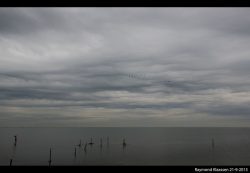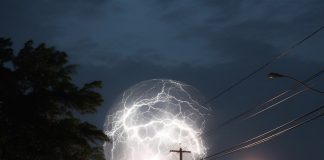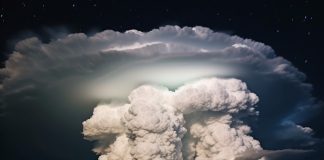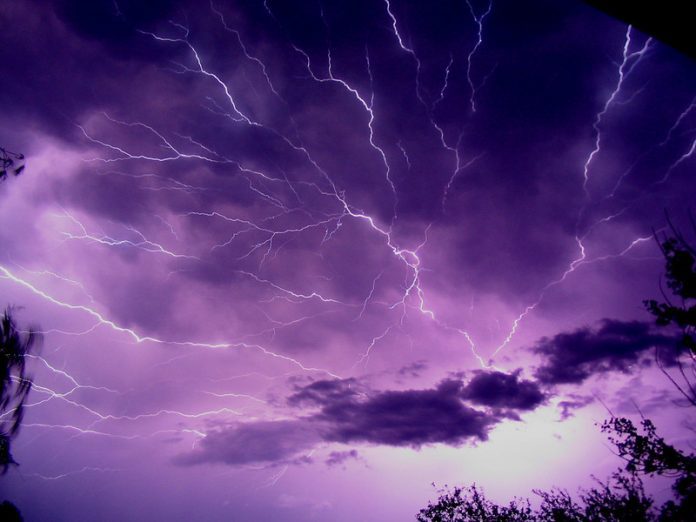
Picture a dark and stormy night, with the sky illuminated by an awe-inspiring display of nature’s power: lightning. Amidst the tempestuous night sky, various types of lightning can be seen – each with its own distinct traits.
In this comprehensive blog post, we will delve into the fascinating world of various types of lightning. From the common cloud-to-ground strikes to rare forms such as ball lightning and sprites, you’ll gain an understanding of how they form and their effects on our environment.
As we explore further into this electrifying topic, we’ll also discuss atmospheric phenomena like elves and other visually stunning displays caused by electrical discharges in extreme weather conditions.
Lastly, prepare to be amazed by the Catatumbo phenomenon. This natural wonder showcases just how incredible Mother Nature can be when it comes to producing awe-inspiring light shows in the sky.
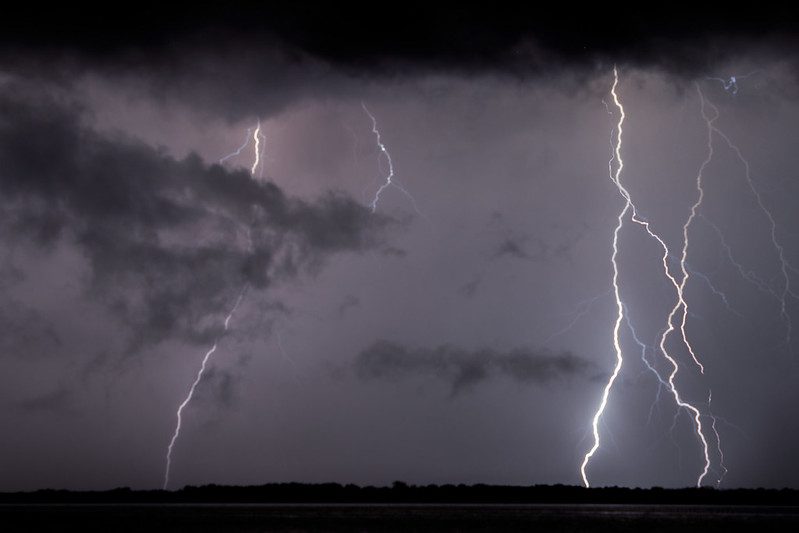
Join us on this journey through the captivating realm of different types of lightning; you’re sure to leave feeling enlightened!
Cloud-to-Ground Lightning: The Most Well-Known Yet Uncommon Phenomenon
Let’s chat about CG lightning, the kind that normally springs to mind when we consider a thunderstorm.
Despite its fame, CG lightning isn’t as common as you might expect. So, what makes it unique?
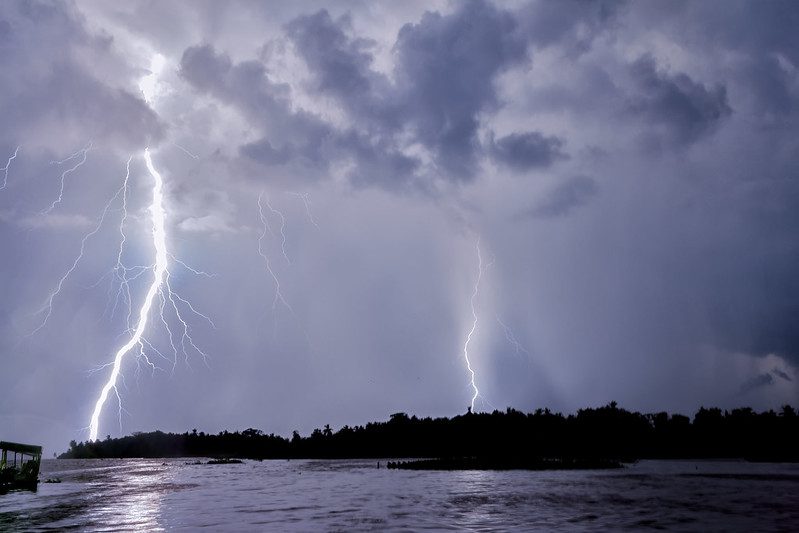
Characteristics of CG Lightning
This fascinating phenomenon occurs when an electrical discharge travels from storm clouds to the ground, creating a brilliant flash of light. It often targets tall objects like trees or buildings – so watch out.
How It Differs From Other Types
In contrast with other forms, such as intracloud lightning, which takes place within one cloud due to charge imbalances, CG lightning involves direct interaction between storm clouds and Earth’s surface. The result? A more dangerous and visually striking spectacle for us earthlings.
Bonus Fact:
- Negative vs. Positive Strikes: Did you know there are two types of cloud-to-ground strikes? Negative charges typically account for most incidents, while positive ones pack a much stronger punch but occur less frequently (Hello, positively charged cloud-to-ground lightning.).
- The Lightning Capital: Florida is known as the “Lightning Capital” of the United States due to its high frequency of CG strikes. So, if you’re a storm chaser or just love witnessing nature’s light show, pack your bags and head south.
Now that we’ve explored cloud-to-ground lightning, let’s dive into other fascinating types, like ball lightning and heat lightning, in our next sections. Stay tuned for more electrifying insights.
Intracloud Lightning: The Hidden Storm Illuminator
Let’s talk about the unsung hero of stormy skies.
Intracloud lightning, also known as sheet lightning, is actually the most common type of lightning.
But why don’t we see it often?
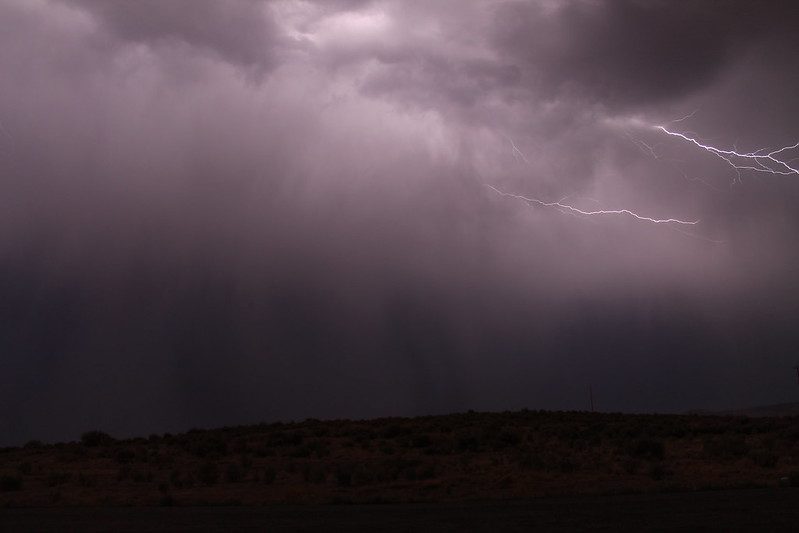
Unlike other types of lightning, intracloud lightning occurs within the storm clouds themselves. This type of lightning isn’t seen by us, however, it emits a glowing from within the clouds that produce an enchanting and spooky atmosphere.
While intracloud lightning may not be as dramatic as other types of lightning strikes, it is still an important part of the electrical systems within storm clouds. In fact, it is often a precursor to other types of lightning, such as cloud-to-ground lightning and positively charged cloud-to-ground lightning.
Next time you witness a storm cloud lit up from within, bear in mind, it’s not just some mysterious occurrence but intracloud lightning—the overlooked hero of turbulent skies. It’s actually intracloud lightning, the unsung hero of stormy skies.
The Enigmatic World of Ball Lightning
Prepare to be amazed.
Ball lightning, an uncommon and enigmatic type of lightning strike, has mystified scientists for years with its odd behavior.
Let’s dive into this fascinating phenomenon.
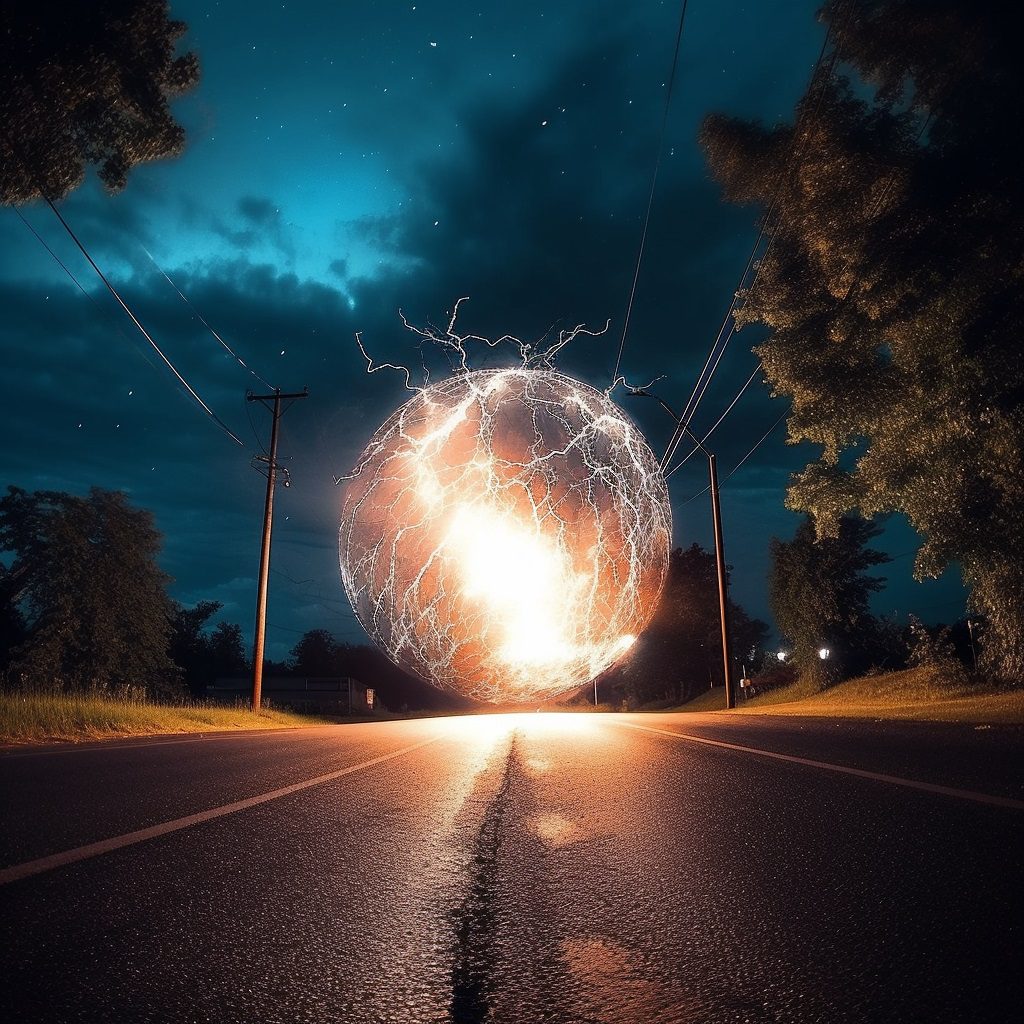
Sightings and Descriptions
Witnesses describe ball lightning as glowing spheres that drift through the air, resembling something straight out of a fairy tale or sci-fi movie.
Reports suggest these orbs can vary in size from mere centimeters to several meters in diameter and exhibit an array of colors like red, orange, yellow, or even blue.
Theories Behind Its Formation
No definitive explanation exists yet for ball lightning’s formation; however, numerous theories abound among researchers.
- Vaporized Silicon: Some believe that when lightning strikes soil rich in silicon content, it vaporizes into a floating orb-like structure due to heat reactions.
- Microwave Cavity Hypothesis: Another theory suggests that microwaves trapped within plasma clouds could create these luminous globes.
- Rydberg Matter Theory: This hypothesis proposes that negatively charged particles clump together during active thunderstorms forming Rydberg Matter, which then transitions into ball lightning.
While these theories are intriguing, scientists continue to study this elusive phenomenon in hopes of unlocking its secrets. Research efforts include laboratory experiments and computer simulations that aim to replicate ball lightning’s unique characteristics.
As our understanding of ball lightning expands, so too does our appreciation for the diverse and wondrous world of atmospheric phenomena.
Sprites and Elves: The Dazzling Sky Dancers of the Atmosphere
Let’s talk about sprites and elves, shall we?
These fascinating sky phenomena are not your typical lightning strikes but rather mesmerizing bursts of light above active thunderstorms.
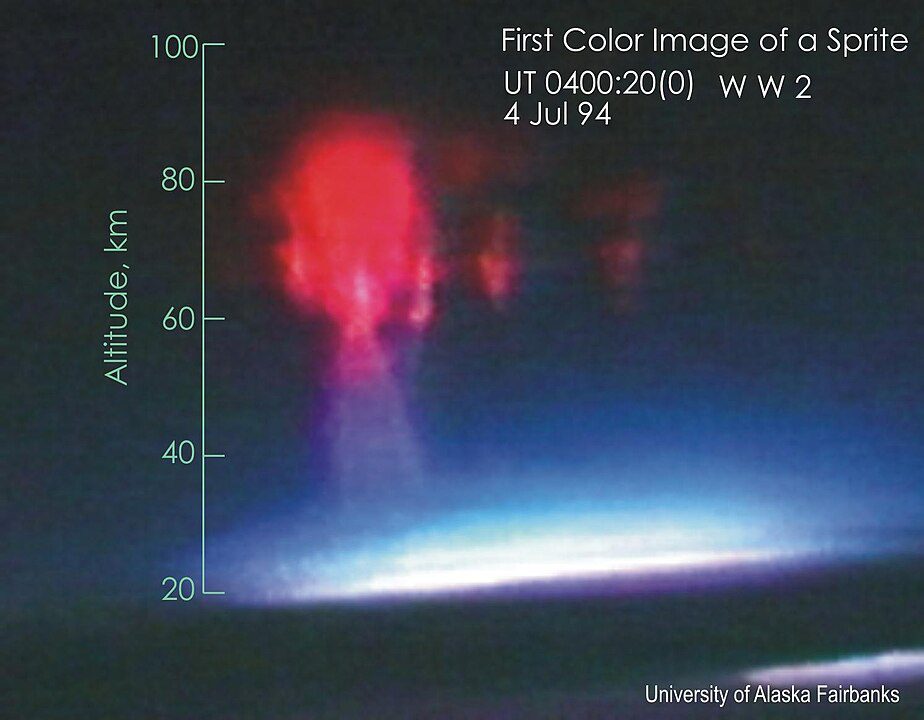
– by eastview – own work, public domain, https://commons. Wikimedia. Org/w/index. Php? Curid=6192840
Differences between Sprites and Elves
Sprites appear as red, jellyfish-shaped flashes that dance high in the atmosphere, while elves look similar but have a much shorter lifespan.
The main difference? It’s all about their duration and altitude.
Atmospheric Conditions for Their Occurrence
To witness these captivating events, you’ll need some specific atmospheric conditions to align just right.
- Sprites usually form at altitudes between 50-90 km (31-56 miles) above storm clouds with intense intracloud lightning activity.
- Elves occur even higher up – around 100 km (62 miles) – where they create expanding rings of glowing light lasting only milliseconds.
NASA has captured stunning images of these elusive occurrences. But what causes them?
The Science Behind Sprites & Elves Formation
In simple terms, both sprites and elves result from charge imbalances in different parts of Earth’s atmosphere during electrical storms.
Negative charges accumulate near the base of storm clouds while positive charges build up higher within the cloud or on ground objects like trees or buildings. When these charges become too great, they can cause a sprite or an elf to form.
So next time you find yourself gazing at storm clouds, keep an eye out for these enchanting sky dancers.
And remember: sprites and elves are just two examples of the many fascinating types of lightning that illuminate our skies during electrical storms. Other types include ball lightning, positively charged cloud-to-ground lightning, heat lightning, positive lightning, cloud-to-ground lightning, sheet lightning, and intracloud lightning, all of which are caused by the electrical systems of negatively charged storm clouds.
Key Takeaway:
Sprites and Elves are mesmerizing bursts of light that occur above active thunderstorms. Sprites appear as red, jellyfish-shaped flashes at altitudes between 50-90 km, while elves occur even higher up around 100 km, creating expanding rings of glowing light lasting only milliseconds. These phenomena result from charge imbalances in different parts of Earth’s atmosphere during electrical storms caused by the electrical systems of negatively charged storm clouds.
The Mysterious World of Dark Lightning
Let’s dive into the enigmatic realm of dark lightning, a rare and fascinating phenomenon.
This type of lightning is not your typical flashy spectacle; it consists of high-energy electrons colliding with air particles, producing dangerous gamma rays instead.
Dark lightning can be so powerful that it has the potential to blind satellite sensors hundreds of miles away.
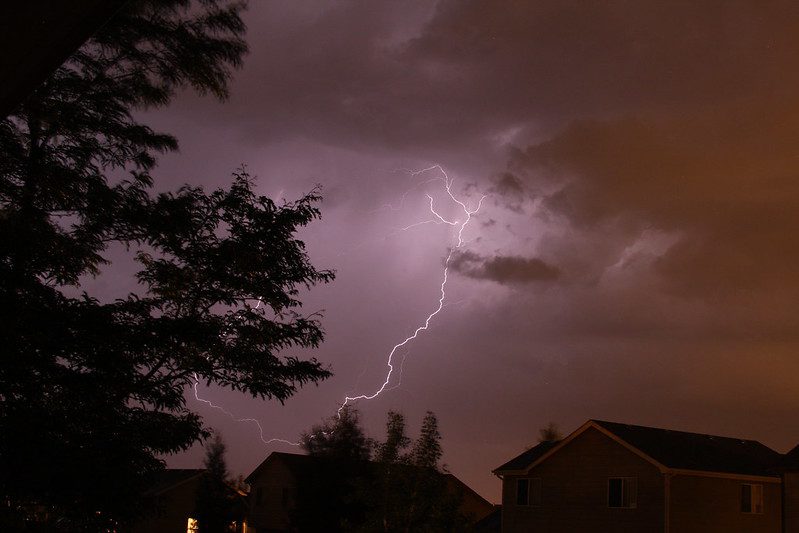
Detection Methods Used by Researchers
Given its elusive nature, detecting dark lightning requires advanced technology.
NASA scientists, for example, use instruments on satellites to measure bursts of gamma rays associated with this phenomenon.
Potential Hazards Associated with Dark Lightning
Although extremely rare compared to other types like ball lightning or positively charged cloud-to-ground lightning, dark lightning still poses certain risks due to its intense energy output.
- Aircraft flying through storm clouds could potentially be exposed to harmful radiation from these gamma-ray flashes.
- The aforementioned blinding effect on satellite sensors may disrupt communication systems and weather forecasting capabilities.
- In extreme cases, there are concerns about possible impacts on electrical systems and infrastructure due to the release of such immense energy in a short period.
To better understand this captivating natural occurrence and mitigate any potential hazards, researchers continue exploring the depths (or heights) at which dark lightning forms within storm clouds.
Anvil Crawlers, Ribbon Lightning & Bead Lightning: Unique Lightning Phenomena
Let’s explore some remarkable and distinctive lightning phenomena.
Anvil crawlers, ribbon Lightning, and bead Lightning each have their own unique characteristics that make them stand out from the rest.
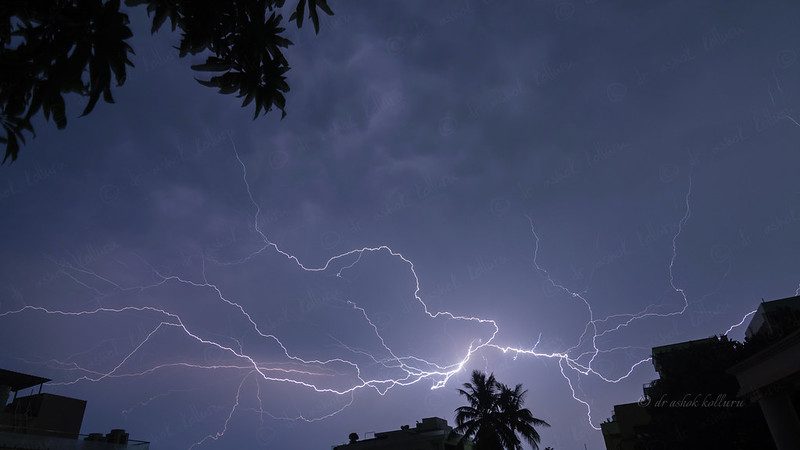
Anvil Crawlers
These intriguing displays spread across storm clouds like spiders on a web, creating mesmerizing patterns in the sky. Anvil crawlers form when electrical discharges travel horizontally through thunderstorm clouds before connecting with ground-based objects or other charged regions within the cloud itself.
Ribbon Lightning
Ribbon lightning is another captivating phenomenon occurring during active thunderstorms where multiple parallel channels of lightning appear simultaneously. This type of lightning strike can be caused by strong winds blowing negatively charged particles away from positively charged areas within a storm system – resulting in an awe-inspiring display.
Bead Lightning
Last but not least, we have bead Lightning, which appears as a string of glowing segments resembling beads on a necklace. This rare spectacle occurs when portions of a lightning channel cool down and fade while others remain illuminated due to differences in charge density along its length – giving it that distinct “beaded” appearance.
The Science Behind These Phenomena:
- Formation: Each type of lightning forms due to various charge imbalances within storm clouds and the surrounding atmosphere.
- Visual Differences: Anvil crawlers spread horizontally across clouds, ribbon Lightning occurs in parallel channels, and bead Lightning appears as segmented strings of light.
In conclusion, these extraordinary types of lightning are not only visually stunning but also offer valuable insights into the complex electrical systems at play during thunderstorms. From positively charged cloud-to-ground lightning to sheet lightning and everything in between, lightning strikes are a powerful reminder of the forces of nature that surround us.
Lightning in Extreme Weather Conditions
Did you know that winter storms produce the greatest proportion of cloud-to-ground lightning in the UK?
But it doesn’t stop there.
In fact, volcanic plumes have been observed to create lightning during eruptions.
The connection between weather patterns and lightning types
Different weather conditions can influence the type of lightning we see. For example, dry thunderstorms at high altitudes can cause forest fires due to evaporating rain before it reaches land. These storms generate more positively charged cloud-to-ground strikes than their wet counterparts, which increases the risk of sparking wildfires since positive lightning carries more energy than negatively charged ones.
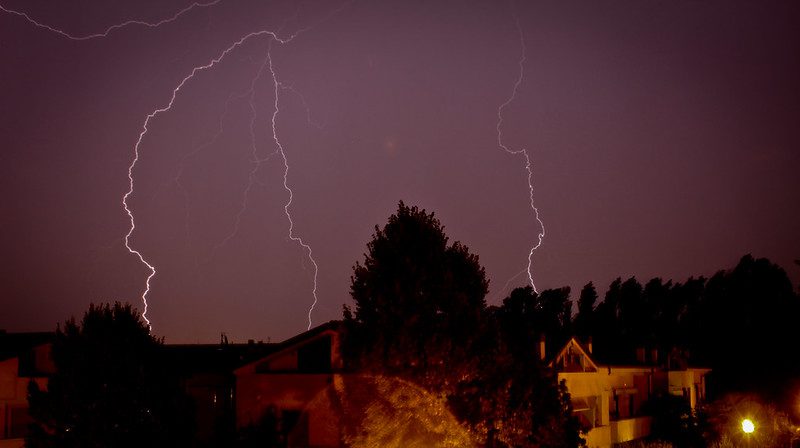
- An example of this is the devastating 2017 California wildfire season, which was triggered by numerous dry thunderstorm-induced lightning strikes.
- Extreme weather-related lightning events also contribute to other natural disasters like floods and landslides caused by heavy rainfall accompanying active thunderstorms.
Stay tuned as we delve further into the captivating realm of lightning and its effect on our world. And remember, knowledge is power – especially when it comes to understanding nature’s electrical systems.
The Catatumbo Phenomenon: Nature’s Electrifying Light Show
Imagine a place where lightning strikes with astonishing frequency, illuminating the night sky like nature’s own fireworks display.
Welcome to Lake Maracaibo in western Venezuela, home of the Catatumbo phenomenon.
This extraordinary atmospheric event occurs for at least 260 nights per year and has even caught NASA’s attention.
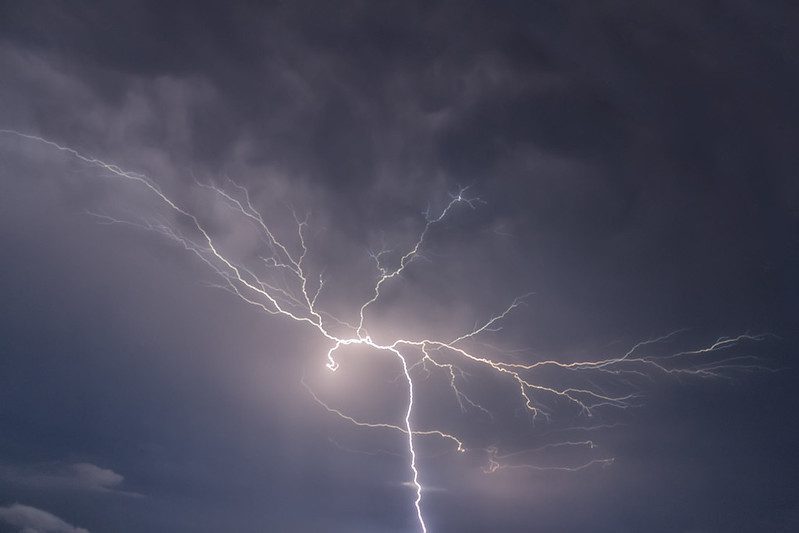
Why So Many Lightning Strikes?
The secret lies in Lake Maracaibo’s unique geography and meteorological conditions.
Warm winds from the Caribbean Sea meet cooler air from the Andes Mountains, creating an ideal environment for active thunderstorms and electrical discharges.
NASA Observatories on The Case
NASA observatories are studying this phenomenon to gain new insights into Earth’s atmosphere and weather patterns.
Their findings could help us better understand how lightning forms, behaves, and impacts our planet as a whole.
A Spectacular Sight Worth Witnessing
- Tourists flock: People travel from all over the world just to witness this electrifying spectacle firsthand.
- Cultural significance: The Catatumbo lightning is deeply ingrained in Venezuelan culture – it even appears on their state flag.
- Eco-friendly bonus: This natural light show also helps replenish ozone levels by producing nitrogen oxides during the electrical discharges.
So, if you’re ever in Venezuela and want to experience one of nature’s most awe-inspiring displays, make sure to add Lake Maracaibo’s Catatumbo phenomenon to your must-see list.
Future Projections & Climate Change Impact
As our planet continues to warm, research suggests that we may see an increase in global rates of lightning strikes by the end of the century. Higher temperatures can fuel thunderstorms, thereby increasing the potential for lightning strikes. Additionally, warmer air can hold more moisture, which might result in an increased likelihood of heavy rainfall events accompanying these storms.
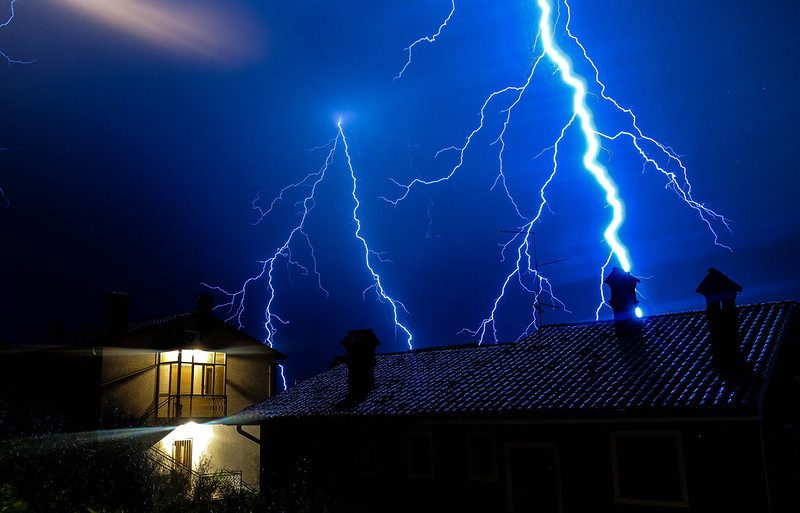
Potential Consequences for Ecosystems
- Increase in wildfires: Lightning-induced fires could become even more frequent due to drier conditions caused by climate change. This presents a major hazard to the woodlands and wildlife habitats globally.
- Ecosystem disruption: The surge in lightning strikes could lead to disruptions within various ecosystems as it impacts plant life, animal behavior patterns, and nutrient cycles.
- Risk for human infrastructure: More frequent or intense electrical storms may result in greater damage to buildings and power grids while also posing risks to aviation safety.
It’s crucial that scientists continue their research efforts into understanding how increasing temperatures affect weather phenomena like lightning so we can better prepare ourselves – both ecologically and infrastructurally – moving forward.
FAQs in Relation to Types of Lightning
What are the 7 different types of lightning?
The seven different types of lightning include Cloud-to-Ground (CG), Intracloud, Ball Lightning, Dark Lightning, Sprites, Elves, and Anvil Crawlers. Each type has unique characteristics and formation processes that distinguish them from one another.
What are the 4 types of lightning?
Four common types of lightning are Cloud-to-Ground (CG), Intracloud (IC), Positive CG Strikes, and Negative CG Strikes. These categories encompass most observed occurrences in thunderstorms and can have varying effects on weather patterns.
What are the 3 different types of lightning?
Three basic forms of lightning include Cloud-to-Ground (CG), Intracloud (IC) or cloud-cloud strikes, and Ground-to-Cloud strikes. These represent the majority of electrical discharges occurring during storms.
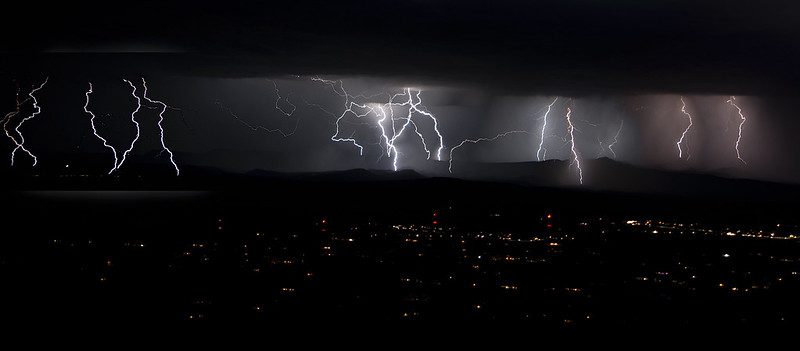
What do different types of lightning mean?
Different types of lightning indicate various atmospheric conditions and phenomena such as storm intensity or altitude differences within a storm system. Understanding these variations helps meteorologists predict weather patterns more accurately. Learn more.
Conclusion
Types of Lightning are fascinating natural phenomena that can take many forms. From the common cloud-to-ground strikes to rare occurrences like ball lightning and atmospheric sprites, each type has unique characteristics that make them both beautiful and dangerous.
Understanding the formation processes, misconceptions, and effects on weather patterns associated with different types of lightning is crucial for staying safe during thunderstorms. Gaining insight into the varied forms of lightning can augment one’s admiration for this remarkable phenomenon, whether you’re a weather buff or just intrigued by its spectacular showings of nature’s might.








































